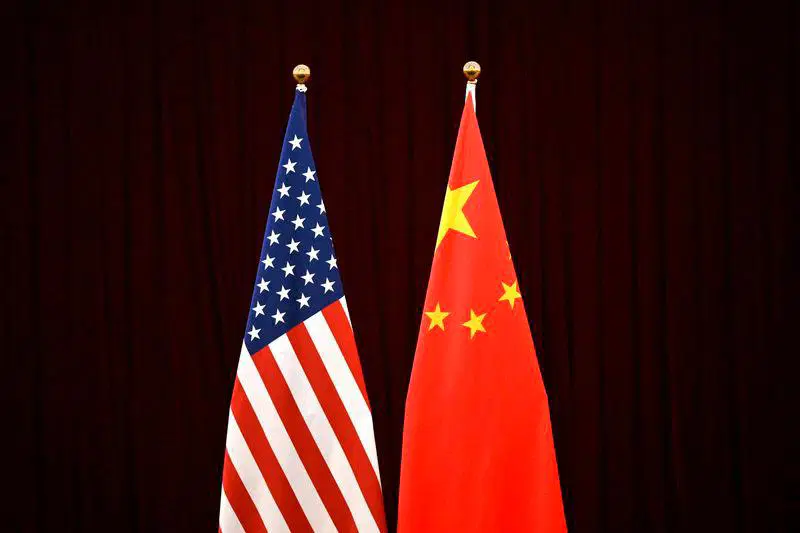
China’s exports grew by 4.4% year-on-year in August, according to official data released on Monday, a figure that missed market expectations and underscored ongoing turbulence in global trade, especially with the United States.
The growth fell short of Bloomberg’s forecast of 5.5%, while imports also disappointed, rising just 1.3% compared to the 3.4% forecast by analysts.
U.S. Trade Takes a Hit as Tariff War Drags On
Shipments to the United States, China’s largest individual trading partner, plunged 33.1% year-on-year and 11.8% month-on-month, reflecting the deepening impact of a protracted trade dispute between the two global powers.
In contrast, exports to the European Union surged by 10.4%, while those to the Association of Southeast Asian Nations (ASEAN) rose a robust 22.5%, highlighting a sharp shift in China’s trade dynamics.
Economists say this reflects growing “trade diversion” a trend where goods are increasingly routed through third countries like Southeast Asia to bypass elevated U.S. tariffs.
Frontloading Fades as Tariff Uncertainty Lingers
The relative resilience in China’s export sector earlier this year was partly attributed to “frontloading” where companies rush shipments ahead of expected tariff hikes.
However, this temporary buffer is now “probably fading away,” said Zhiwei Zhang, Chief Economist at Pinpoint Asset Management, who also noted that many Chinese firms have been aggressively targeting other markets due to weak domestic demand.
Fragile Truce Between U.S. and China
Although tensions between Beijing and Washington have somewhat eased in recent months, the trade environment remains volatile.
After tit-for-tat tariffs reached triple digits earlier this year, both countries agreed to temporarily lower levies to 30% (U.S.) and 10% (China).
In August, they further agreed to delay reinstating higher tariffs for another 90 days, extending the pause until November 10.
Despite this, analysts warn that the temporary truce is losing momentum, and risks to China’s export outlook remain significant.
“Exports are likely to come under pressure in the near term,” said Zichun Huang, China Economist at Capital Economics.
“The U.S. is increasingly targeting rerouted shipments via third countries, and the truce is not a permanent solution.”
Domestic Challenges Compound Trade Strain
Internally, China continues to grapple with sluggish post-pandemic recovery, weighed down by a property sector debt crisis, low consumer spending, and high youth unemployment.
Although factory output edged up in August, it still marked the fifth consecutive month of contraction, reflecting the broader struggles facing the export-reliant economy.
Beijing has set a GDP growth target of around 5% for 2025, but meeting that goal is becoming increasingly difficult as both external demand and internal economic momentum weaken.
Quick Stats:
- Exports (YoY): +4.4% (vs. 5.5% forecast)
- Imports (YoY): +1.3% (vs. 3.4% forecast)
- 🇪🇺 Exports to EU: +10.4% YoY
- Exports to ASEAN: +22.5% YoY
- Tariff Truce Deadline: November 10, 2025



